
- Shandong Loyal Industrial Co.,Ltd.
- SHORT-CUT PASTA PRODUCTION LINE LONG-CUT PASTA PRODUCTION LINE INSTANT PASTA PRODUCTION LINE
Home> Application> High Efficiency, Low Costs: The Dynamics of Fully Automatic Pasta Production Line Price

High Efficiency, Low Costs: The Dynamics of Fully Automatic Pasta Production Line Price
High Efficiency, Low Costs: The Dynamics of Fully Automatic Pasta Production Line Price
Introduction
In the dynamic landscape of the food industry, the significance of cost considerations cannot be overstated. This article explores the transformative impact of fully automatic pasta production lines, diving into the intricacies of pasta production line prices to uncover the delicate balance between high efficiency and low costs.The Dry Pasta Production Line technology of Shandong Luoya Industrial Co., Ltd. has introduced advanced technologies from ITALGI S.r.l. and ITALGI .
Understanding Fully Automatic Pasta Production Line
To embark on this journey, let's first define the components of a fully automatic pasta production line. Technological advancements are propelling the fusion of full automation and affordability, and we will intricately link the features of fully automatic systems with cost considerations. This understanding sets the stage for a comprehensive exploration.
In the realm of fully automatic pasta production lines, these systems encompass a series of interconnected components. These may include mixing and kneading machines, extruders, cutters, dryers, and packaging units. The integration of advanced technologies such as AI-driven controls and precision sensors ensures seamless operation, optimizing both time and resources. As we delve into the core components, it becomes evident how these innovations contribute to the overall efficiency of the pasta production process.
Unveiling Pasta Production Line Prices
Our investigation into pasta production line prices begins by analyzing the factors influencing their dynamics. We delve into market trends, scrutinizing variations in prices based on features and specifications. The emphasis is on the delicate equilibrium between affordability and efficiency, providing insights for businesses navigating the decision-making process.
Pasta production line prices are subject to a multitude of factors that intricately shape their dynamics. Brand reputation, technological specifications, production capacity, and additional features all play pivotal roles in determining the final cost. Market trends further contribute to the fluctuation in prices, with innovations and advancements often influencing the overall cost of acquiring a fully automatic pasta production line.
Efficiency Metrics: How Automation Enhances Pasta Production
In the pursuit of efficiency, we conduct a detailed analysis of how full automation transforms pasta production. Real-world case studies will illustrate the positive impacts on production rates, offering a comparative evaluation of efficiency gains between fully automated systems and traditional pasta production methods.
Fully automatic pasta production lines redefine efficiency in the food manufacturing industry. These systems operate with precision and consistency, minimizing human intervention and reducing the margin of error. Case studies of companies that have embraced full automation will highlight substantial increases in production rates, streamlined workflows, and a notable decrease in operational costs. The efficiency metrics derived from these studies serve as a compelling testament to the transformative power of automation in pasta production.
Cost Benefits of Fully Automatic Pasta Production Lines
This section delves into the examination of cost benefits associated with fully automated pasta production lines. We explore long-term savings and considerations regarding return on investment, emphasizing the cost-effectiveness of these systems in achieving heightened production efficiency.
Navigating Choices: Selecting an Affordable Fully Automatic Pasta Production Line
Practical tips emerge for businesses navigating the market to select a fully automated pasta production line within budget constraints. Considerations extend beyond the initial price, encompassing maintenance costs and operational expenses. A comprehensive review of available options and potential returns on investment unfolds, optimizing affordability in the decision-making process.
Success Stories: Achieving Efficiency with Low Costs
Highlighting success stories, this section showcases companies that have effectively adopted fully automated pasta production lines without compromising affordability. Insights into optimization of efficiency while managing costs will provide valuable lessons and best practices for businesses considering an affordable transition to automation.
Overcoming Challenges: Solutions in Implementing Affordable Automation
Identifying potential challenges, this section explores innovative solutions and strategies to overcome common hurdles when implementing fully automated pasta production lines. Emphasis will be placed on addressing challenges to maximize the benefits of automation while keeping costs in check.
Future Trends: Affordability and Innovation in Fully Automatic Pasta Production
As we peer into the future, we explore emerging trends and advancements in fully automatic pasta production. Predictions for developments in efficiency, energy savings, and cost-effectiveness will be discussed, shedding light on the evolving landscape of the pasta production industry with affordability as a key driver.
Conclusion
In conclusion, this article encapsulates key insights into pasta production line prices, affordability, and optimal efficiency. The transformative impact of affordable automation is underscored, encouraging businesses to make informed decisions that consider both price and efficiency when adopting fully automatic pasta production lines.
Common Questions About Pasta Production Line Price
1. What factors contribute to the pricing of pasta production lines, and how do they impact affordability?
Dive into the key elements influencing costs, including technological specifications, brand reputation, and market trends, and understand their role in balancing affordability.
2. Are there significant variations in prices based on the features and specifications of fully automated pasta production lines?
Explore the nuances of how specific features and advanced specifications influence the overall pricing structure and their relevance in achieving optimal efficiency.
3. How do renowned brands like Faella, Pastificio Di Martino, Rao's Homemade, "Garofalo," Barilla, and "De Cecco" affect the pricing landscape?
Understand the impact of reputable brands on the market and how their presence may contribute to or modify the cost of pasta production lines.
4. What long-term savings and return on investment considerations should businesses weigh when investing in fully automated pasta production lines?
Gain insights into the economic benefits beyond initial costs, emphasizing the importance of long-term savings and return on investment in the decision-making process.
5. What practical tips can businesses follow when selecting an affordable fully automated pasta production line based on their budget constraints?
Receive guidance on navigating the market and making informed decisions, considering factors beyond the initial price, such as maintenance costs and operational expenses.
Contact Us

- Shandong Loyal Industrial Co.,Ltd.
- Telephone+86 13176674591
- Email[email protected]
- WhatsApp+86 13176674591
- WeChat13176674591
- AddressC623, Jiahui Global Plaza, No. 548, Beiyuan Street, Tianqiao District, Jinan City, Shandong Province
- Factory AddressADD -300m North of Zhangxia Industrial Park, Binhe Road, Zhangxia Town, Changqing District, Jinan
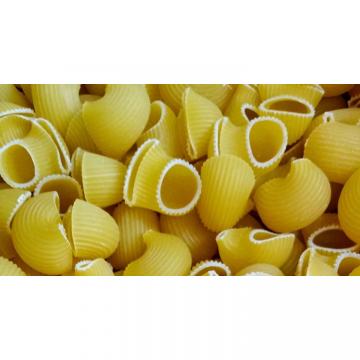

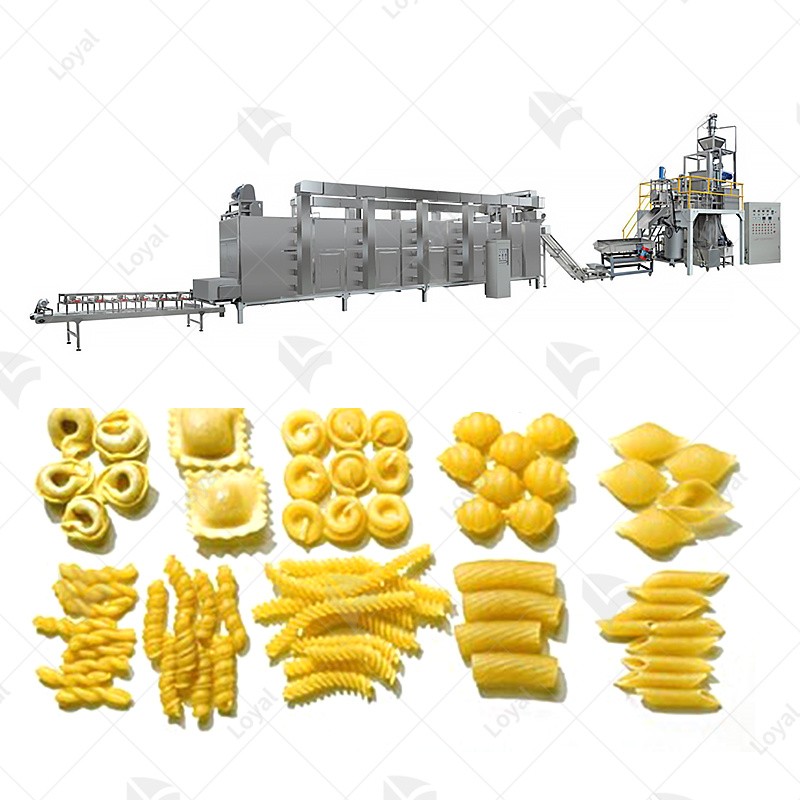

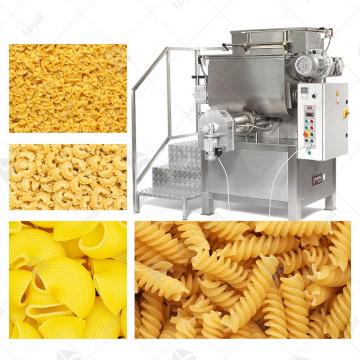
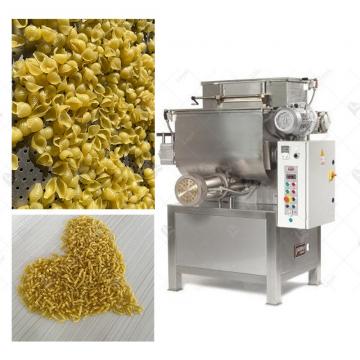 PRECOOKED PASTA PRODUCTION LINE
PRECOOKED PASTA PRODUCTION LINE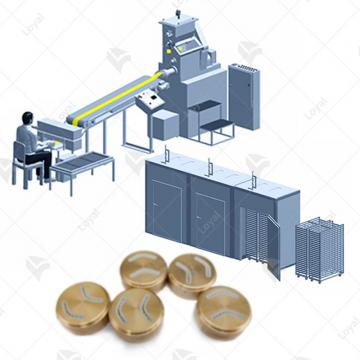 Dry Pasta Production Line
Dry Pasta Production Line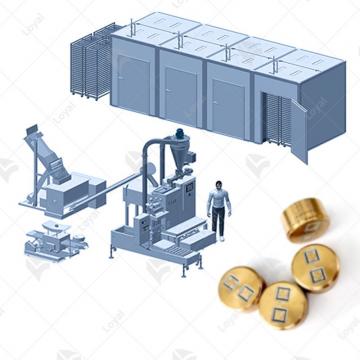 Spaghetti Pasta Production Line
Spaghetti Pasta Production Line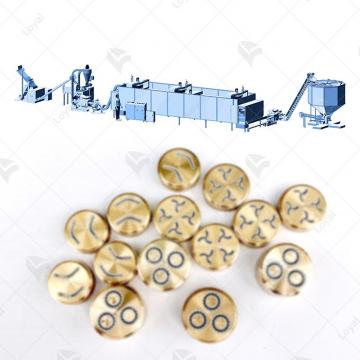 Short-Cut Pasta Production Line
Short-Cut Pasta Production Line